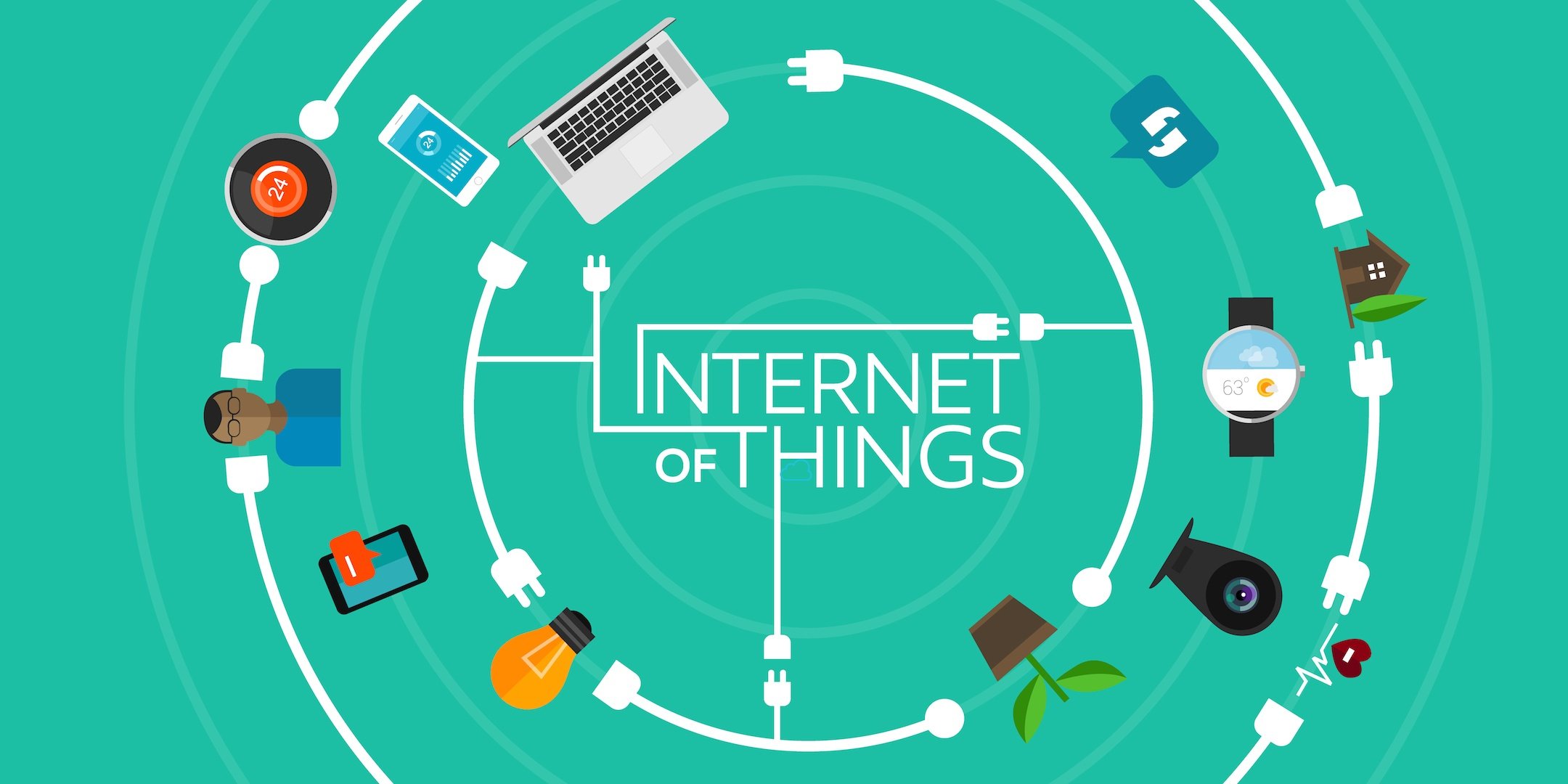5 Uses of Business Intelligence to Make Sense out of Big Data
What Is Business Intelligence (BI)?
In this Digital age where technology keeps evolving and transforming the Business landscape, the demand for Business-IT alignment comes forward. Business IT-alignment is the working of IT in proximity with the Business decision makers to inflate the financial returns and the competitiveness in the market. When a business is able to use Information Technology to achieve the desired objectives of the company and both the groups, i.e IT technicians and Business professionals work in harmony to reach a consensus, an alignment is ingrained into the system which benefits the business in many ways.

Generally, a rift is seen between the two groups because of the different backgrounds, perspectives, lack of mutual understanding and most often they indulge in silly blame games. To find a solution for this and make them work in unison and agreement is the idea behind establishing Business IT-alignment.
As Bill Gates has rightly said, “Information Technology and business are becoming inextricably interwoven. I don’t think anybody can talk meaningfully about one without the talking about the other.” Thus, an alignment between them is important for the success of an enterprise. IT delivers the agility and flexibility which the business needs. Since, the nature of a business is dynamic, to attain the goal of perfect alignment can be difficult but anyway to pursue the goal is worth it.
How to achieve Business IT-alignment?

A shared understanding of goals is crucial. The goals, priorities, and objectives should be well defined. Both IT technicians and Business professionals should be aware that they are working on the same target. The groups should know how the company makes profits and what are its pitfalls or what can make the company lose money. Decision making should involve both the groups. This will help in closing the gap between what business professionals expect and what the IT technicians deliver.
A BRM or Business Relationship Manager can come up with the strategies to integrate the IT solutions to Business needs. Consequently, helping the company to meet the business requirements by acting as a liaison between the two groups. It becomes vital to not keep on pouring money into the IT department if it is not giving an optimum return on investment.

The IT seminars should be attended by the Business professionals and vice versa. This would extend their mutual understanding and lower the ignorance for the other group. Moreover, the roles can be swapped between them. To some extent, the employees can be rotated in various departments and job functions. The communication between the two groups is usually strained. Effective style of communication can reduce the barriers and make them stand on the same page to some extent.
The idea to not only to align but also converge both groups is in vogue today. For example, in Zappos.com which is a shoe retailer company, IT handles engineering, continually strives to enhance the customer's online experience and coordinates the warehouse robot system as well. At Southwest Airlines Co, IT employees are not hired based on their technical knowledge, but hired on "passion for customer service and open communication.” In the case of Procter & Gamble Co., “ to help drive faster adoption of more products, IT has developed a virtualized environment that P&G uses to conduct product design work, product placement research and even consumer feedback studies.
Agile development is a development cycle which excels at managing changes in the plan. Unlike waterfall development where you start with one process and move sequentially to the next step, in agile development every step of development moves side-by-side. If there is any change in plan it is seamlessly communicated to the team and all processes are taken care of at the same time. This saves time spent in going back to the previous step after every change suggested by the management. Due to reduction in response time by the developers, it becomes easy to establish communication between managers and IT-team thus, leading to achieve business IT-alignment.
Do you know, according to a survey, only 33% of the organizations hold strategic alignment sessions? Well, if a technology is applied to business in a right way, it can help in getting optimum returns. The harmonious working of IT technicians and Business professionals is the prime need of every organization
Modern technologies like artificial intelligence, machine learning and cloud computing have gone a long way to achieve IT alignment in businesses. By creating a solid ground to develop understanding between the opposite poles of your business these technologies have made things much easier than before. We at NewGenApps have an expertise in providing IT solutions which leverage cognitive computational to its maximum potential. If you want to leverage the potential of IT to your business, get in touch.

What Is Business Intelligence (BI)?

Business Intelligence (BI) is an advanced functionality for businesses to extract data and convert them into opportunity. It involves much deeper...

The Internet of Things (IoT) has become the centre of discussion for many businesses. Today, every business needs more control on data. Nevertheless,...
